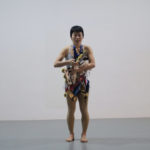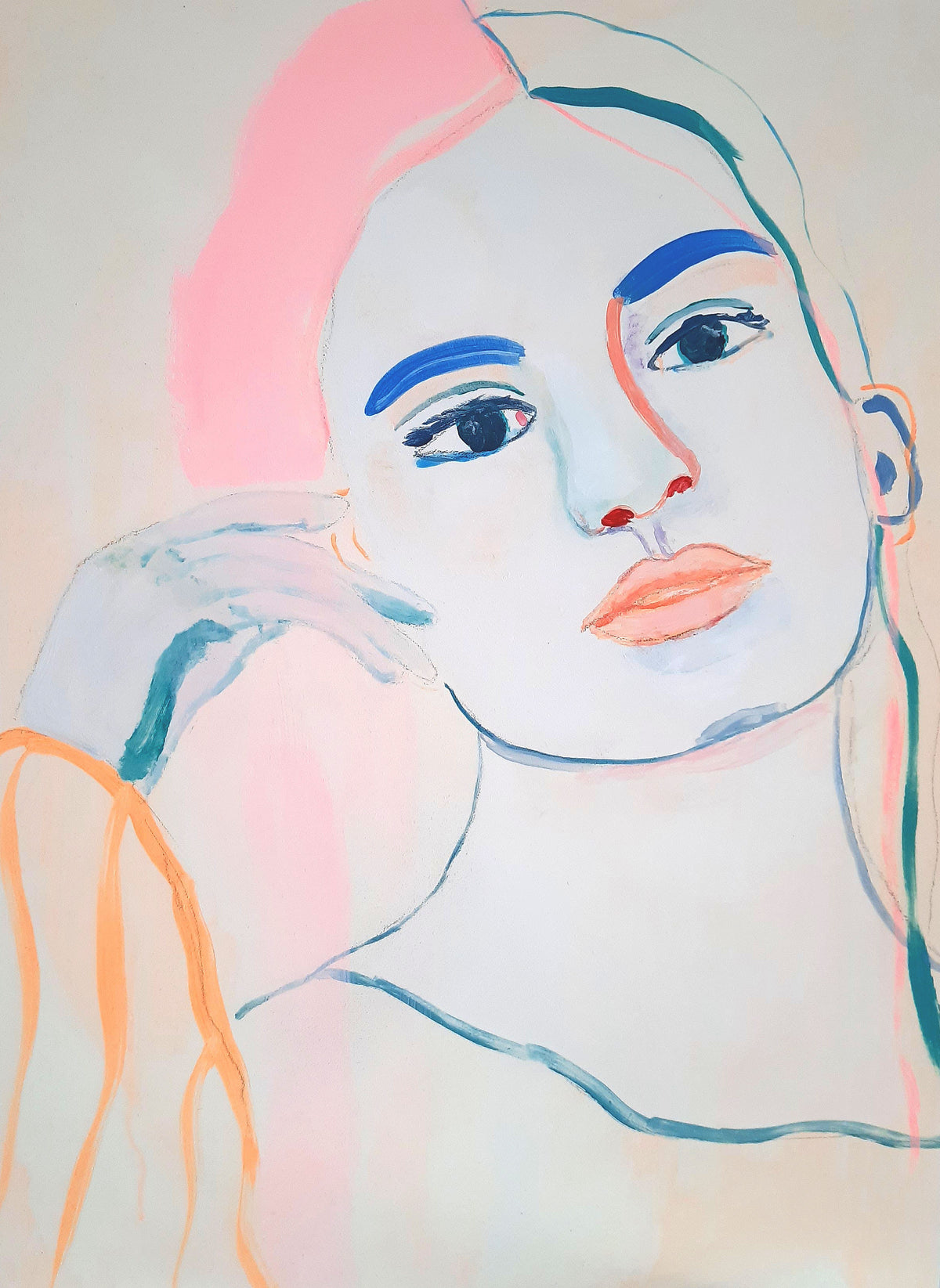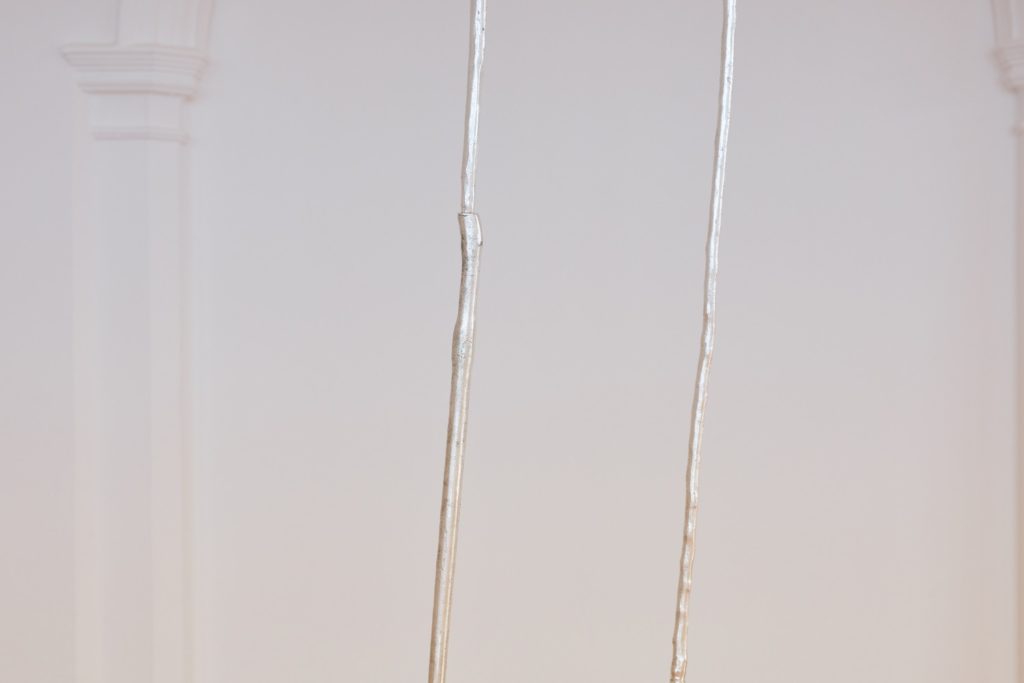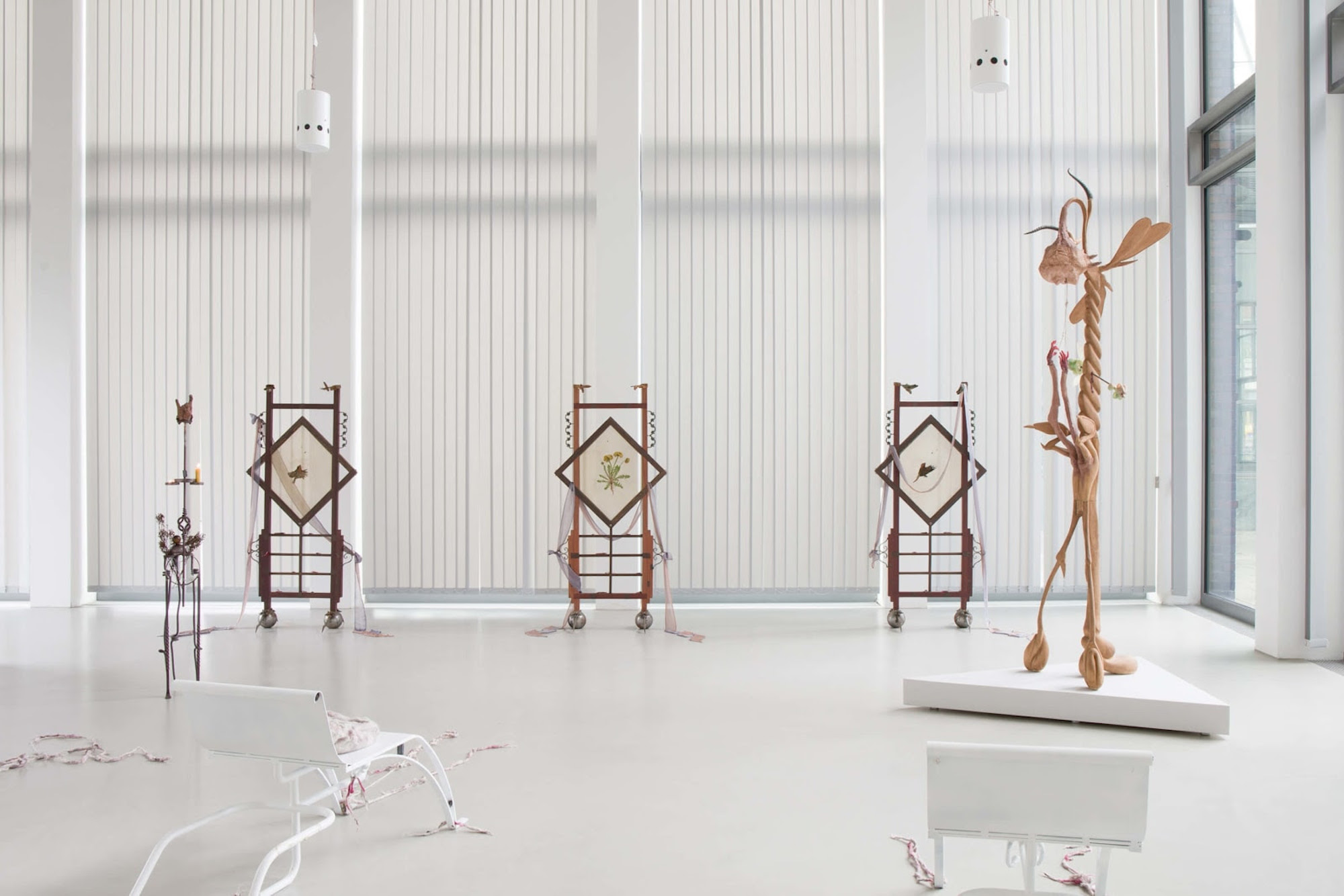Museum of Russian History on Bolotnaya Square
2014 - Sculpture (Sculpture)
Arseny Zhilyaev
The Bolotnaya Battle Park Complex is the future home for the Museum of Russian History (M. I. R.). Located on the grounds of Bolotnaya square in Moscow, this park sits on top of what once was a swamp. Above the main building stand two bio-engineered ‘living sculptures’, which strike various poses to commemorate the brave acts of those defending the federation from foreign intervention during protests of May 6th, 2012. In the new environmentally conscious direction of city planning, the square has been converted back to its original swamp state, with the complex centrally located to house the Museum.
Arseny Zhilyaev is arguably one of the most influential contemporary Russian artists of his generation. For Zhilyaev, his medium of choice is the exhibition itself. His practice is deeply rooted in the study of presentation and display of artworks, histories and social processes. His multi-faceted installations combine historical fact with fiction in imagining new possibilities and futures. Inspired by Soviet and Marxist Museology, Zhilyaev often turns to Russian Cosmism and its philosophies of the universal museum. To trace Zhilyaev’s work, one should span from the avant-garde of the 1920’s to the ‘shock therapy’ of the 1990’s in Russia. As a member of the young generation of Russian artists, Zhilyaev looks at the changes of his country through the 20th century to compose his works. With a specific attention of art’s relations to politics, education and pedagogy, Arseniy Zhilyaev reflects on the different roles of the museum and exhibition making. Despite the current use of art as entertainment, Zhilyaev wants to rethink the museum as an educational institution connecting art and history.
Colors:
Related works sharing similar palette

© » LONDONIST
Quentin Blake: Now Exhibition | Londonist This Free Quentin Blake Exhibition Lands In London At The End Of January By Will Noble Will Noble This Free Quentin Blake Exhibition Lands In London At The End Of January The exhibition is free, although if you want, you can spend a lot of money by purchasing an original...

© » KADIST
Asli Çavusoglu is in residence at KADIST Paris from February to May 2020 to develop a project based on previous research she conducted on colors, extending her interest for their political histories towards the production of fabrics colored by naturally cultivated and fairly distributed vegetables, fruits and other edible plants...

© » KADIST
Rometti Costales
2019Canción para un fósil canoro (Song for a chanting fossil) by Rometti Costales is inspired by the history of the building that currently hosts the Museo de la Solidaridad Salvador Allende (MSSA) in Santiago, Chile...

© » KADIST
Olga Grotova
2022Our Grandmothers’ Gardens by Olga Grotova is based on the history of Soviet allotment gardens, which were small plots of land distributed amongst the families of factory workers to compensate for poor food supply in a country that was over-producing weapons...

© » KADIST
Nazgol Ansarinia
2013In the early 2000s, as urban redevelopment accelerated and intense construction significantly diminished public space in Tehran, state-funded murals began to represent imaginary landscapes on building facades...

© » ARTS EQUATOR
Transgression, triggers, and the thousand cuts of “Blunt Knife” | ArtsEquator Thinking and Talking about Arts and Culture in Southeast Asia Articles Photo courtesy of the artist June 25, 2019 By Corrie Tan (2,700 words, 13 -minute read) Content Warning: Mentions of a sexual relationship involving a teenager This response contains major spoilers for Blunt Knife by Eng Kai Er and A Doll’s House by Theatre of Europe...

© » GAS
Lena Goodison paintings now available – Gina Cross - Curator + Mentor Close Thin Icon Close Thin Icon Your cart Close Alternative Icon Now partnered with Art Money for interest free art collecting Now partnered with Art Money for interest free art collecting News Written by Gina Cross Previous / Next Lena Goodison is a Swedish artist currently based in Nottingham...

© » ARTS EQUATOR
How the Singapore literary ecosystem tackles mental health | ArtsEquator Thinking and Talking about Arts and Culture in Southeast Asia ArtsEquator Viewpoints December 27, 2021 By Sarah Tang (1,450 words, 5-minute read) cw: Contains mentions of suicide There appears to be more local books and writing about mental health in the Singapore lit scene in recent years...

© » KADIST
Nidhal Chamekh
2016Nidhal Chamekh made the first drawings of the ongoing series Mémoire Promise in 2013...











